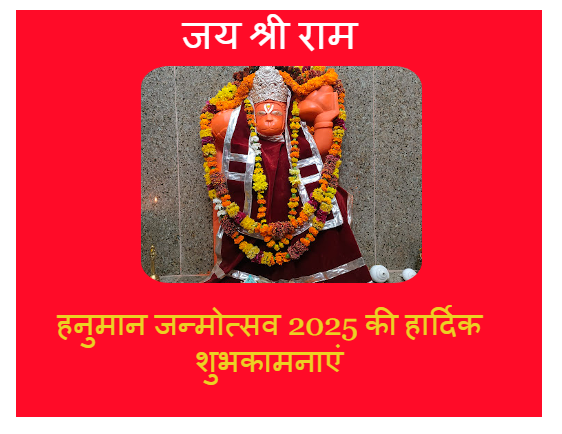The Maha Kumbh Mela attracts millions of devotees, sadhus and tourists from all over the world. This grand fair is held once every 12 years and is celebrated on four sacred river banks: Prayagraj (confluence of the Ganges, Yamun, and Saraswati), Haridwar (Ganga), Ujjain (Shipra), and Nashik (Godavari). Mahakumbh is not just a festival; It is a deeply spiritual experience.

historical significance
The origin of Mahakumbh is linked to ancient Hindu Puranas. The event is associated with the myth of Samudra Manthan, in which deities (devas) and asuras (demons) churned the ocean. According to the Puranas, during the churning a Kalash (Kumbh) filled with Amrit (nectar of immortality) appeared. To prevent the demons from eating the nectar, the gods took this Kalash to the sky and dropped drops of the nectar at four places: Prayagraj, Haridwar, Ujjain and Nashik. These places are considered sacred and Mahakumbh is the celebration of this divine event.
astrological significance
The organization of Maha Kumbh is based on the position of specific planets. Its time is determined based on the position of the Sun, Moon and Jupiter.
For example
- Prayagraj Kumbh occurs when Jupiter is in Aquarius and the Sun is in Aries.
- Haridwar Kumbh is celebrated when Jupiter is in Aquarius and Sun is in Aries.
- This planetary position is believed to strengthen the spiritual energy, making this time considered suitable for devotees to be absolved of their sins and receive divine blessings.

customs and traditions
1.Holy Bath
Main customs of Mahakumbh. There is a sacred bath, which is considered essential for the purification of the soul. Devotees believe that bathing in the holy rivers at this time washes away their sins and gives them salvation (moksha).
2. Pooja and Havan
Elaborate puja ceremonies and fire rituals are performed in the Maha Kumbh to seek divine blessings. Priests and sadhus lead these rituals and they chant Veda mantras.
3. Kalpavasi
Many devotees observe Kalpavasi, a spiritual ascetic period in which they live by river banks, meditate, fast and study scriptures.
4. Processions of Akharas
Akharas (sects of sadhus) play an important role in the Mahakumbh. Their processions, which are led by Naga sadhus, saints and ascetics, are a major attraction. These groups display their devotion through unique rituals and actions.

Cultural and social impact
1. Confluence of cultures
Mahakumbh brings together people from India and abroad. It is a vibrant celebration of diverse traditions, languages and customs, showcasing the unity and diversity of India.
2. Economic boost
The festival has a significant impact on the local economy. Temporary markets, accommodation, and food shops generate significant revenue. Apart from this, it also generates employment opportunities for thousands of people.
3. Tourism and media coverage
Maha Kumbh attracts tourists, photographers and journalists who document this grand spectacle. Global media attention provides the event a platform to highlight India’s rich spiritual and cultural heritage.
Challenges in organizing Mahakumbh
1. Logistics and infrastructure
Handling lakhs of devotees is a huge task. Temporary camps, sanitary facilities and transportation arrangements require precise planning and execution.
2. Environmental concerns
The sheer number of people causes environmental problems, such as pollution and waste management. The authorities have to ensure that the rivers remain clean and the ecological balance is maintained.
3. Health and Safety
It is of utmost importance to ensure the health and safety of the devotees. Medical camps, emergency services, and crowd control measures are necessary to prevent any kind of accident.
Relevance in modern times
In today’s rapidly changing times, Mahakumbh is a reminder of the importance of spirituality, faith and community. It provides a break from materialistic goals, inspiring people to connect with their inner self and seek higher truths. The festival emphasizes unity, tolerance and devotion, making it relevant even in modern times.
Mahakumbh is not just a festival; This is a phenomenon which is the embodiment of the spirituality of India. It symbolizes the unshakable faith and resolve of millions of people who come together to celebrate life, attain liberation and reaffirm their beliefs. The Maha Kumbh Mela, with its eternal traditions, vibrant culture and deep significance, inspires and unites humanity in the quest for the divine.












